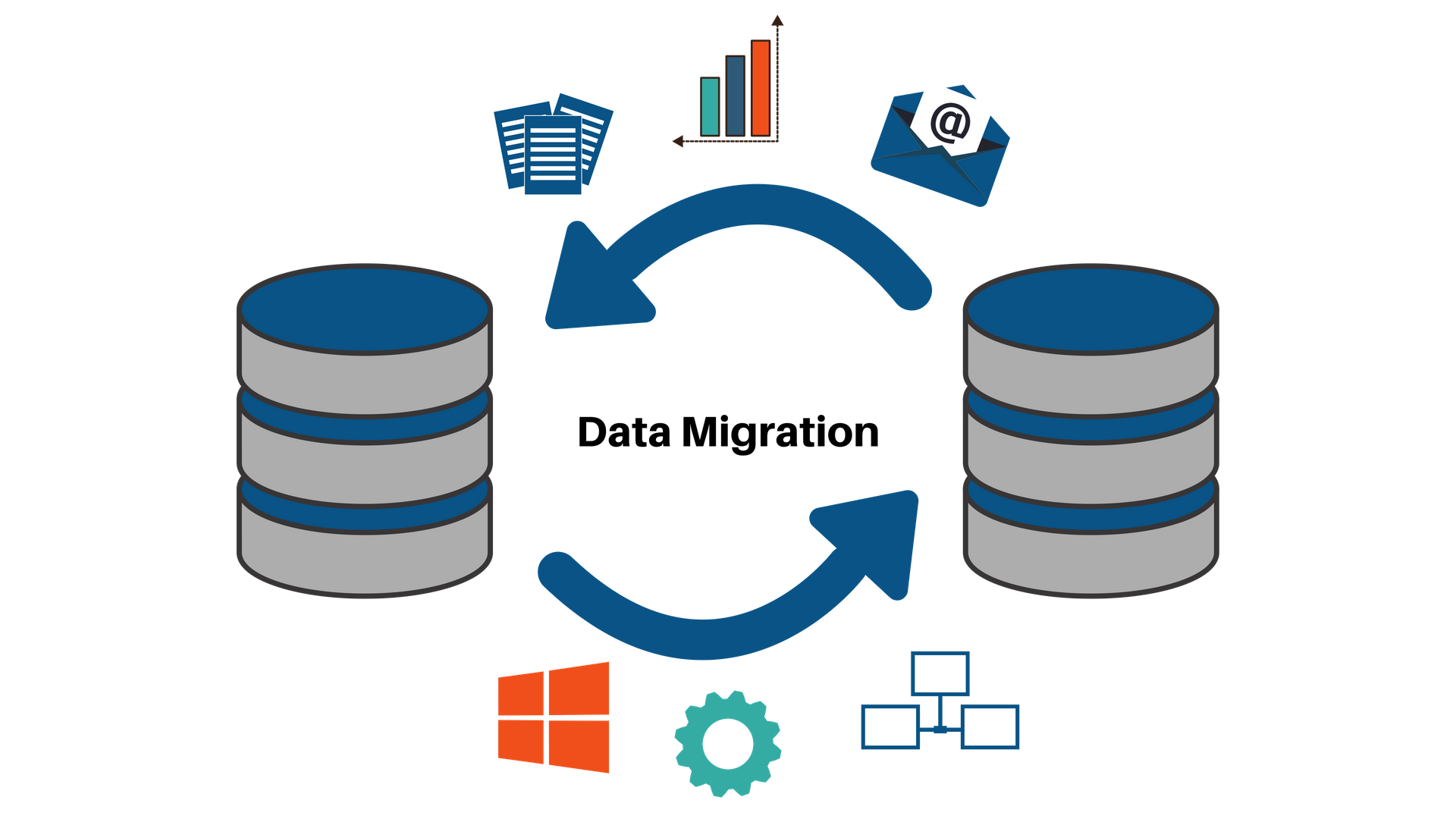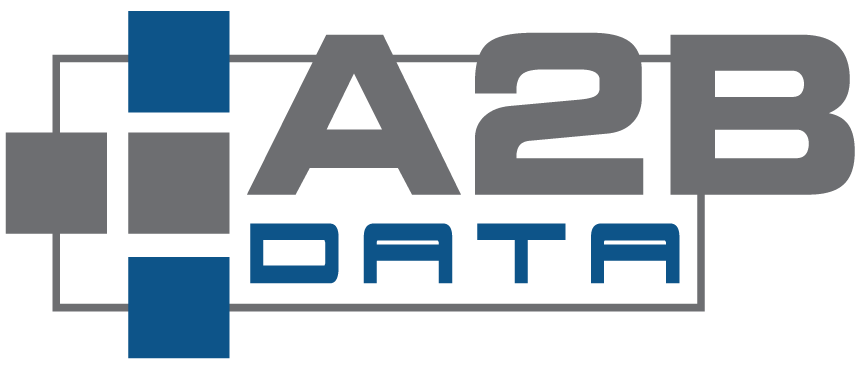Data Migration Definition
The process of Data Migration includes transferring data between computer storage types or file formats. It is a key consideration for any system implementation, upgrade, or consolidation. Data migration occurs for a variety of reasons, including new applications, server or storage equipment replacements, maintenance or upgrades, application migration, website consolidation, database changes, new architecture and data center relocation.
 The Process of Data Migration
The Process of Data Migration
To establish effective data migration procedures, data in the old system is mapped to the new system utilizing data migration design patterns. The design relates old data formats to the new system’s formats and requirements. Programmatic data migration includes:
- data extraction – where data is read from the old system
- data loading – where data is written to the new system.
After loading data into the new system, the following is performed:
- The necessary data is mapped and transformed to the new structure
- Results are subjected to data verification to determine whether data was accurately translated, is complete, and supports processes in the new system
- Automated and manual data cleaning is commonly performed in migration to improve data quality, eliminate redundant or obsolete information, and match the requirements of the new system.
- Snapshot cutoff of the old source data is migrated to the new environment and the legacy system is shut down, and all new enterprise processing takes place on the new data source.
In an agile and iterative development lifecycle, the above steps are repeated in small iterations moving data to the new environment one subject area at a time. For applications of moderate to high complexity, this process is repeated several times before the old system is inactivated and the new system is deployed.
Business Challenges
Traditional Data migration processes are code intensive, extremely costly, time-consuming, require rigid governance and are fraught with data accuracy issues. The common process is to manually develop point-to-point routines to manage your whole data migration effort. This is not an effective use of your resources.
The more efficient path is to complement your data migration processes with software that automates the data acquisition and frees your resources to focus on the discovery and data transformation processes. By automating the data extraction and load steps, your company will observe immediate performance and improved data quality.
How A2B Data™ Automates Data Migrations Projects
By incorporating A2B Data™ into your Data Migration process you are guaranteed to save enormous amount of time, money and achieve better confidence and improved data quality. A2B Data™ manages the heavy lifting for the Data Migration effort, as it automates the extraction and load process from all your heterogeneous source data to a central environment. This automation can be applied to database migration, storage migration, or application data migration.
A2B Data™ reads from any delimited file format or database and converts and migrates the data to a central environment ready for translation. The steps for Data Migration are now simplified as your enterprise data is consolidated, with a consistent data type and formats, the history of changed data is captured, and programs generated for parallel executions.
A2B Data™ will dynamically generate the code to extract and load data from the old system to the new platform. This can be done in full-bang or incremental fashion. The new process for data migration is now agile and efficient as A2B Data™ now manages the first 3 steps:
- Identify the location of all the source data and source files
- Define the changed data capture (CDC) and storage strategy
- Execute A2B Data™ profiles to extract source data to the target location
- Perform target-based data discovery and profiling
- Prepare the mappings to the new structure or APIs utilizing simple SQL.
Advantages of A2B Data™ in Data Migration
A2B Data™ will mitigate project risk and improve your agile process for data migration as human errors are minimized with enhanced process controls:
- Avoid writing point-point data migration routines
- Built-in change data capture methods to detect source data changes
- Flexible target design patterns to best suit your data ingestion strategies
- Immediate access and migration of legacy system data to the new environment
- Data types are converted for you automatically
- Focus resource effort on transforming data to the new application API or data structures, while the tool manages the extraction and collection services
- Support parallel and iterative program executions
- Pipes the legacy data to any location (Cold storage, archive, cloud, files, etc.).


